It is important to know how to write in a practical notebook. Practical notebooks are a must for Physics, Chemistry, and Biology students. The professionals working in these fields also need to record the important experiments in the practical notebooks.
Table of Contents
Knowing how to write in a practical notebook is very important. The students need to maintain practical notebooks for the science subjects, namely, Physics, Maths, and Biology. A practical notebook is an important tool in some of the professions as well.
While students need the practical notebook for diagrams, the professionals require it for recording their experiments, procedures, and inferences. The lab-book or the practical notebook is needed in the documentation of experiments in Physics, Chemistry, and Biology.
What is a Practical Notebook?
A practical notebook is where the notes, experiments, observations, and inferences are written down. For the students, the practical notebook is an important tool where they register everything about the science subjects, namely, physics, chemistry, and biology. the notebooks are to be made separately for each subject. It is different from other notebooks in that maintaining a practical notebook requires high level of neatness and correctness.
The professionals also use practical notebook to record their findings. They document their experiments, data analyis, and deductions in this notebook. For professionals especially, the practical notebook is tool for registering and keeping records.
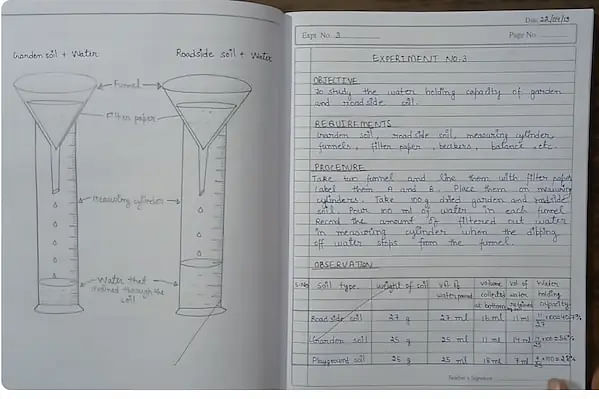
Also Check: Skill Development Courses List for Students 2023
A Step-by-Step Guide on How to Write in Practical Notebook
The students as well as the professionals must learn how to write in a practical notebook in a neat and systematic manner. All the experiments, observations, and deductions are recorded in these notebooks. So, they also serve as a reference for troubleshooting an issue and making improvements.
A step-by-step procedure is shared below for writing a practical notebook:
Preparation: It is important to be familiar with the objective of the experiment and the materials that would be used. An outline for the experiment must be prepared.
Title: An experiment must have a title. The title must be brief. It must reflect the content at once.
Objective: Just below the title, the aim of the experiment or objective must be written. The objective or what is to be achieved must be written under this section.
Apparatus/Materials: A list must show the materials and the apparatus that will be used in the experiment.
Procedure: The steps of the experiment must be mentioned in detail. The description of the procedure must be done in a clear way.
Observation: The observations from the experiment must be written down here. It is important to stick to accuracy and details while noting down the observations.
Results/Calculations: The calculations must be performed using the observations. The calculations must be shown very clearly. The results must be stated as well.
Analysis/Discussion: This section will analyse and discuss the results. The results can be compared with theories and the discrepancies must be noted.
Conclusion: This is the section in which the important findings but be noted down.
Reference: If any research papers, textbooks, or other online sources are used to prepare the experiment, they must be listed here.
Signature and Date: The date and signature must be written at the end. This denotes the completion of work.
How to Write the Cover Page Content?
The cover page is the page in the notebook that consists of the contents of the notebook. So, while learning how to write in a practical notebook, it is also important to understand how to maintain the content section of the notebook.
The cover page content of a practical notebook must contain all the information listed under:
- The cover page must contain the title of the course or the name of the subject for which the book is being maintained.
- The name, class, and other particulars such the section and roll number must be written on the cover page, along with the name of the institution.
- For the school students, the cover page must have the name of the subject teacher written on it.
- Writing down the academic session (for eg: 2023-24) will hold a greater value.
- If the notebook is for a particular project, then the date of submission of the work must also be written on it.
- Also, if the practical notebook is dedicated to a single experiment or project, the name of the project or the experiment must be written on the cover page.
Unless there is a separate set of guidelines to be followed for the project or experiment or the subject, the above points must be remembered for the cover page content of the practical notebook.
Also Check: 10 Prioritization Techniques for Student Productivity
How to Write in a Practical Notebook for Different Subjects?
For the students, the practical notebook must hold a record of all the experiments done, observations made, and inferences drawn along with the conclusions. The notebook must be maintained in the below mentioned ways:
Practical Notebook for Physics
The following steps must be performed for a Physics notebook:
- Title: The title of the experiment must be written on the cover page of the practical notebook.
- Aim of the Experiment: The objective or the aim of the experiment must be written on the cover page.
- Materials Required: The materials required must be written including the tools and apparatus.
- Theory: In the case of Physics, the theory based on which the experiment is conducted must be written.
- Procedure and Observations: The procedure of the experiment must be written down in a step by step manner. The observations of the experiment must also be written.
- Inference: The inference drawn from the experiment or the conclusion must be documented in the practical notebook.
- Reference Works/Books: It is important to list down all the references used in the experiment.
Practical Notebook for Biology
The biology students must follow the below-mentioned steps for maintaining a practical notebook:
- Title: The title of the experiment should be written in a brief way.
- Aim of the Experiment: this section must contain what is to be discovered or understood by performing the experiment.
- Materials Required: The materials used in the experiment must be written down.
- Procedure: The procedure of the experiment must be written down. It must be written in a step-by-step method.
Benefits of Writing in a Practical Notebook
There are a number of ways in which the practical notebook comes to help. The uses of the practical notebook have been mentioned in the points below:
- Learning how to write in a practical notebook would, firstly, require accuracy and detail. It is important to maintain the netaness and comprehensiveness of the practical notebook.
- It is important for the students and professionals to maintain the neatness and consistency of the notebook.
- This notebook acts as a tool for keeping records, observation and inferences,
- A physics practical notebook is used for keeping a record of the experiments done, observations made, calculations and measurements, and inferences made. This is an important tool for the researchers in the field of Physics to track their progress and cross-check the theories.
- A chemistry practical notebook is used for recording the experiments done in Chemistry, keeping a note of the samples prepared and the ingredients that went into them, also the precautions for safety.
- A biology practical notebook is used for keeping a note of the biological experiments with diagrams, registering the specimens, while also writing down an analysis of the specimens collected.
Also Check: 6 Coping Strategies For Student Mental Health






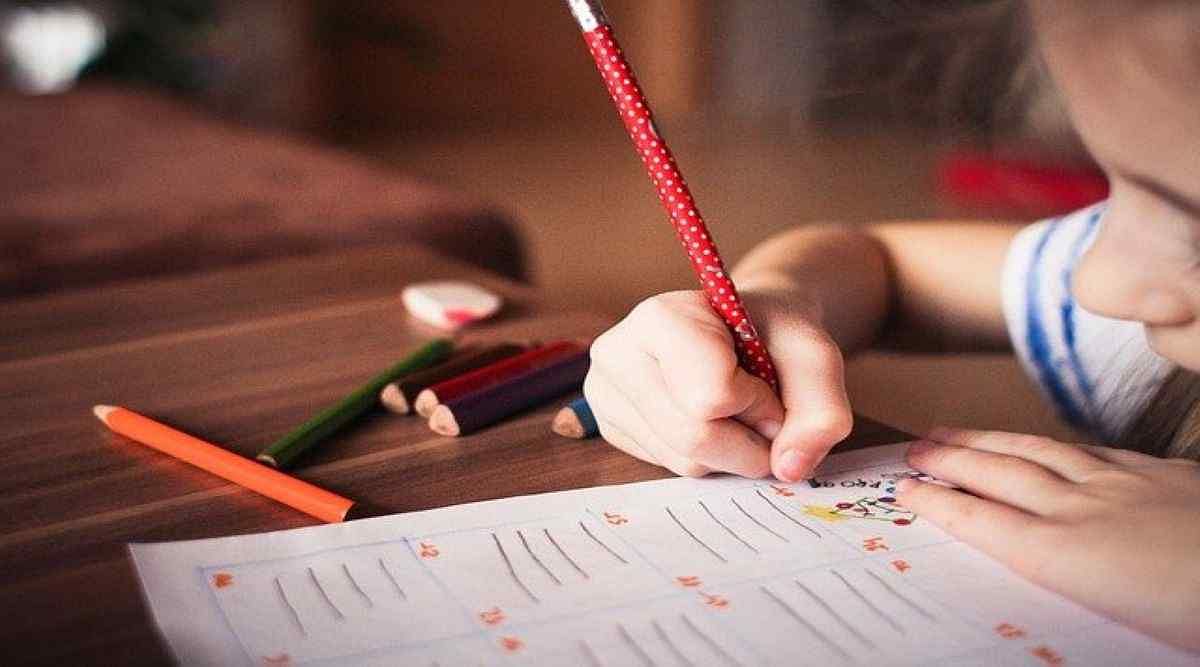

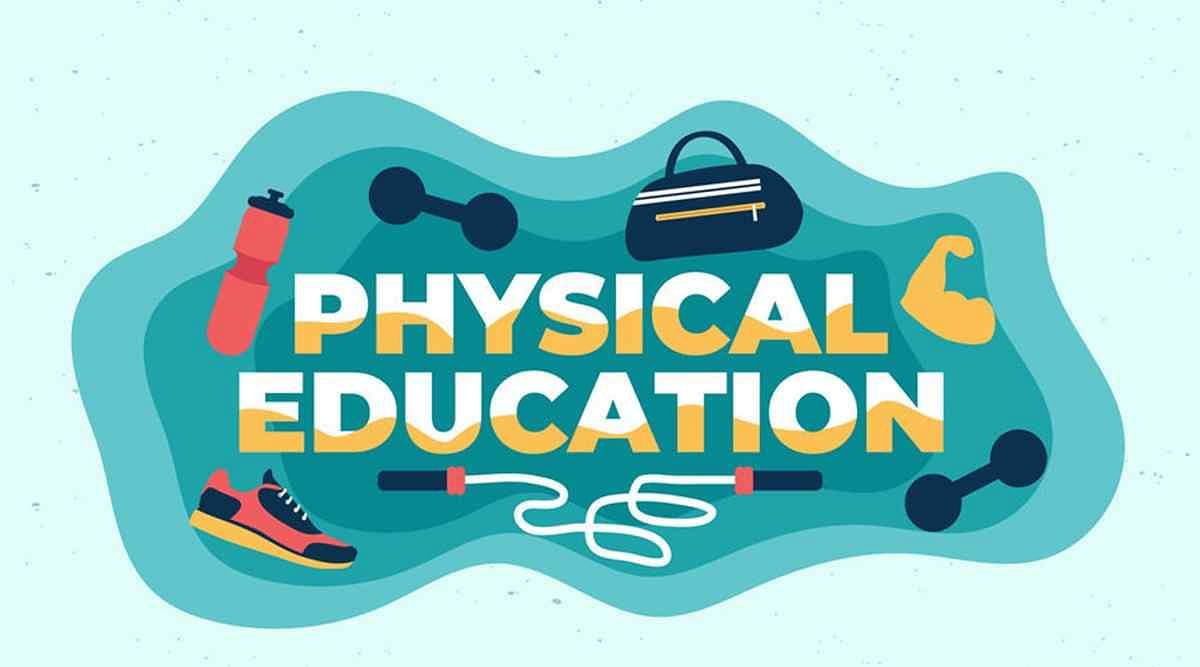


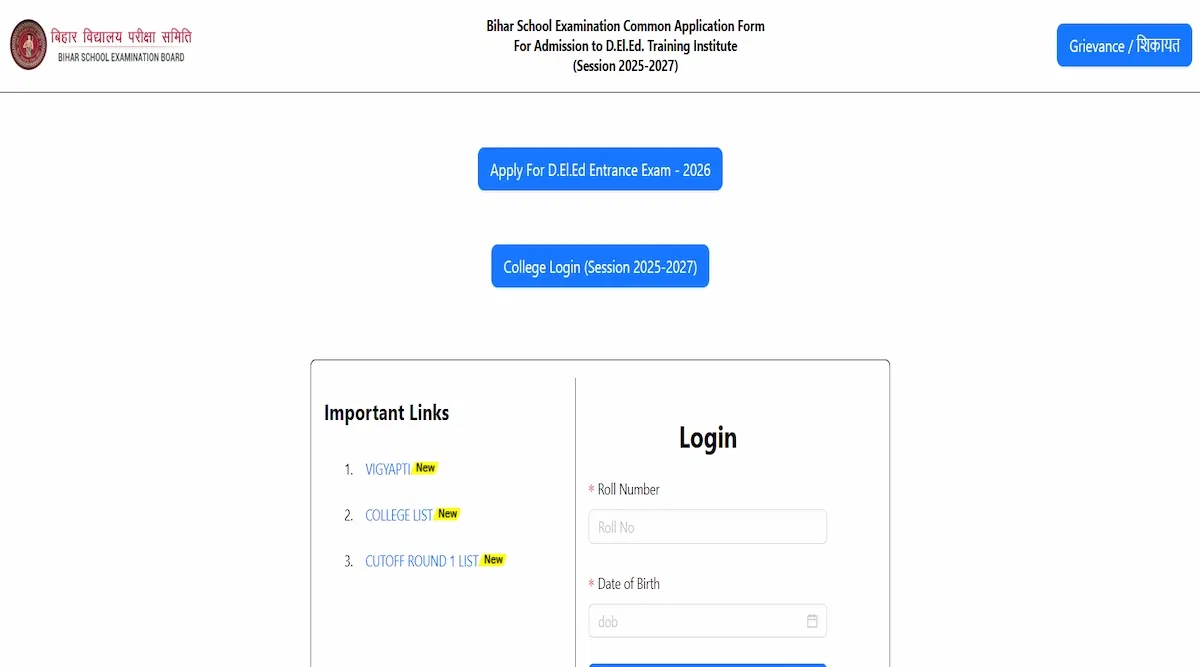




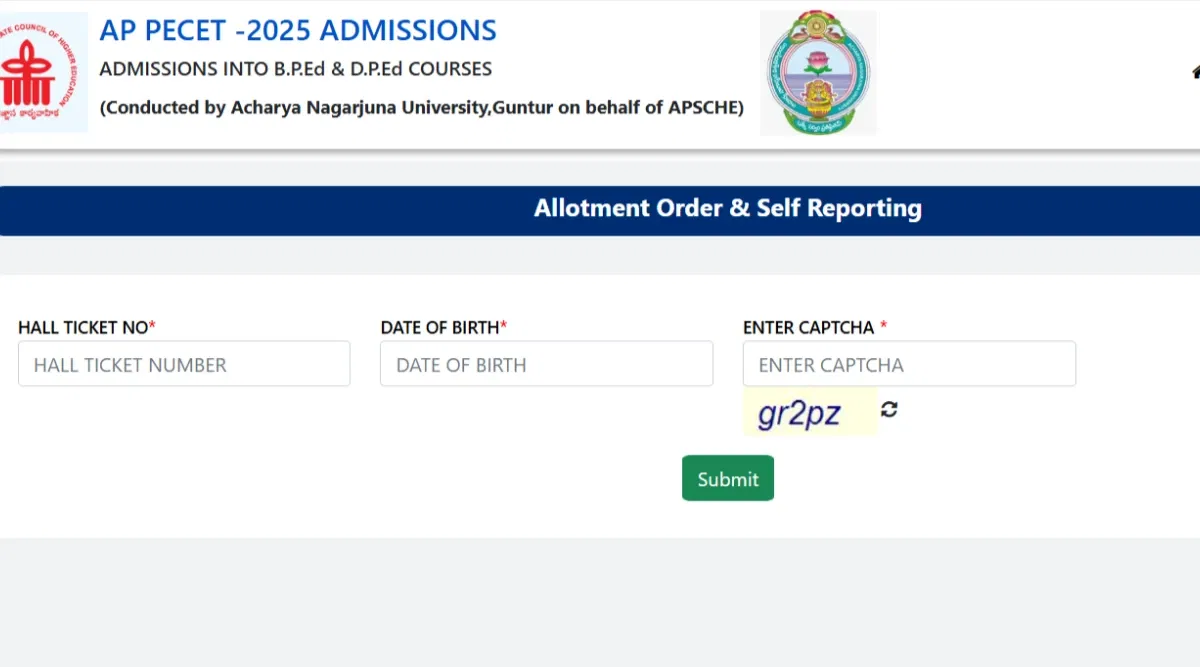
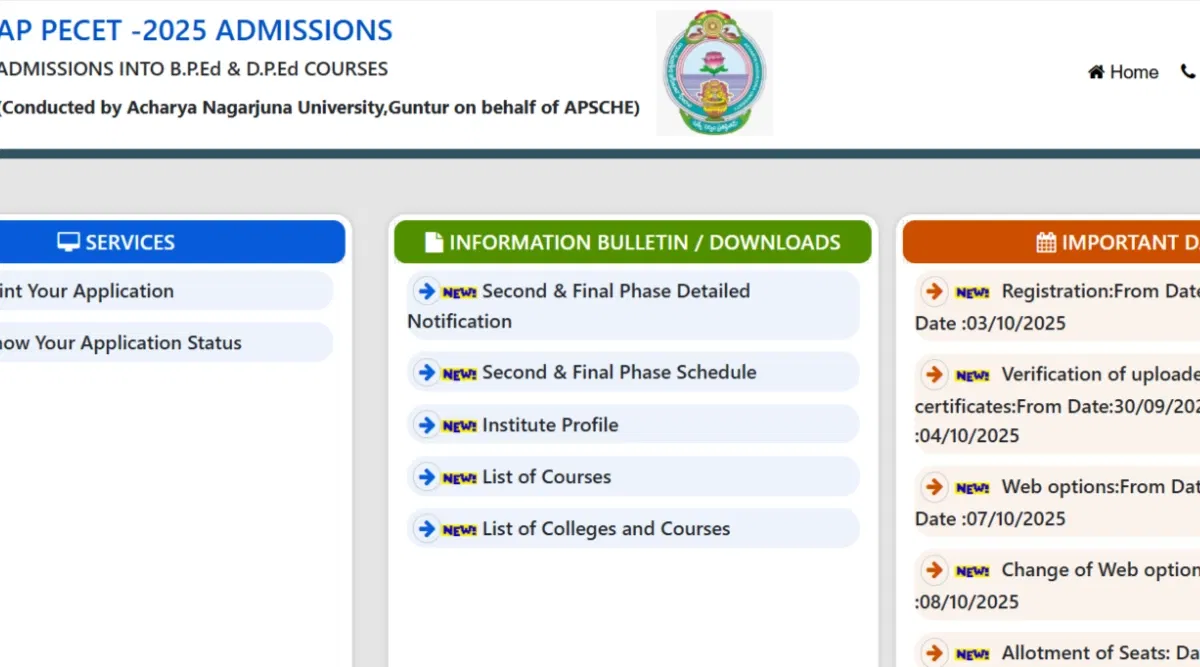
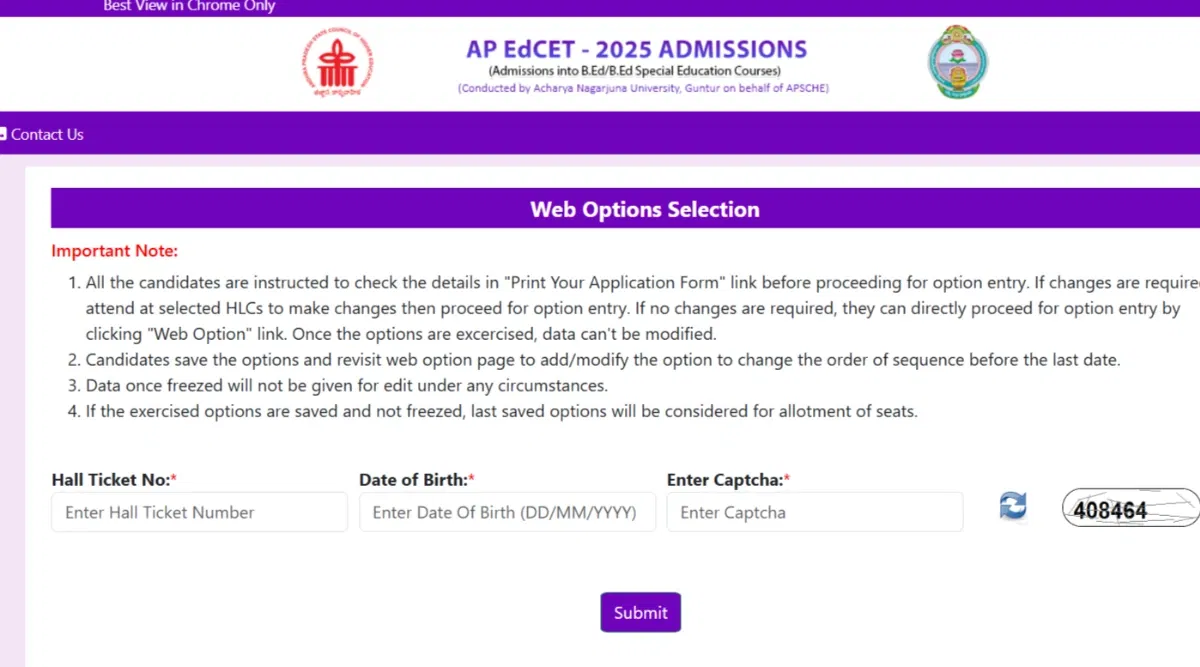
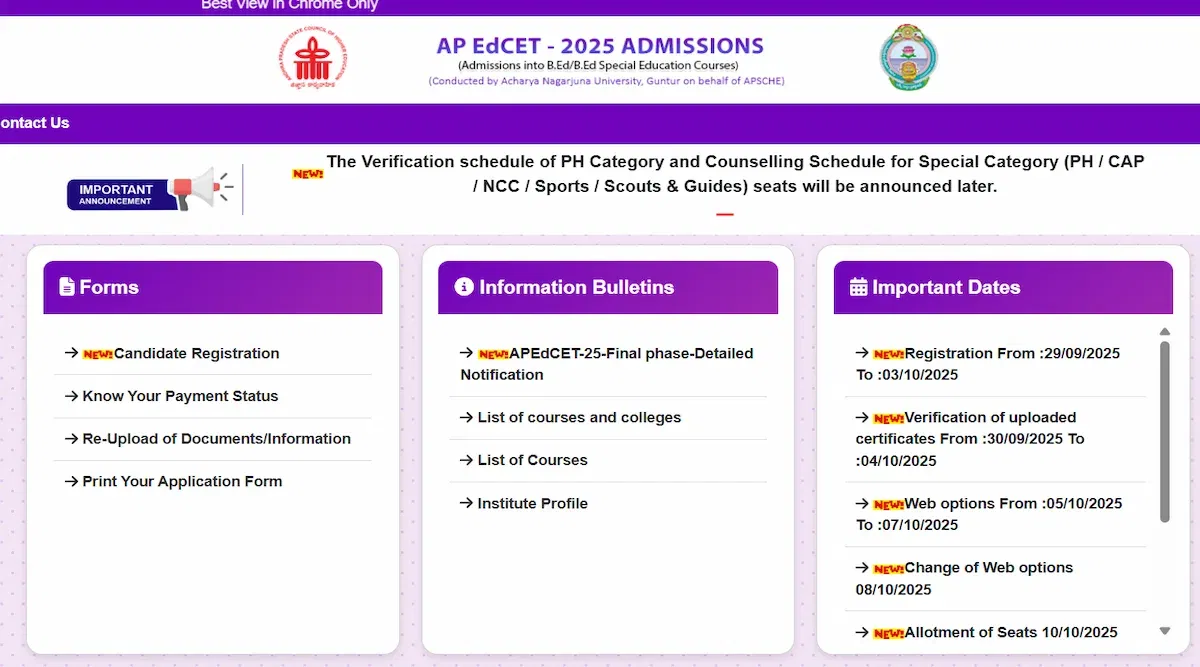
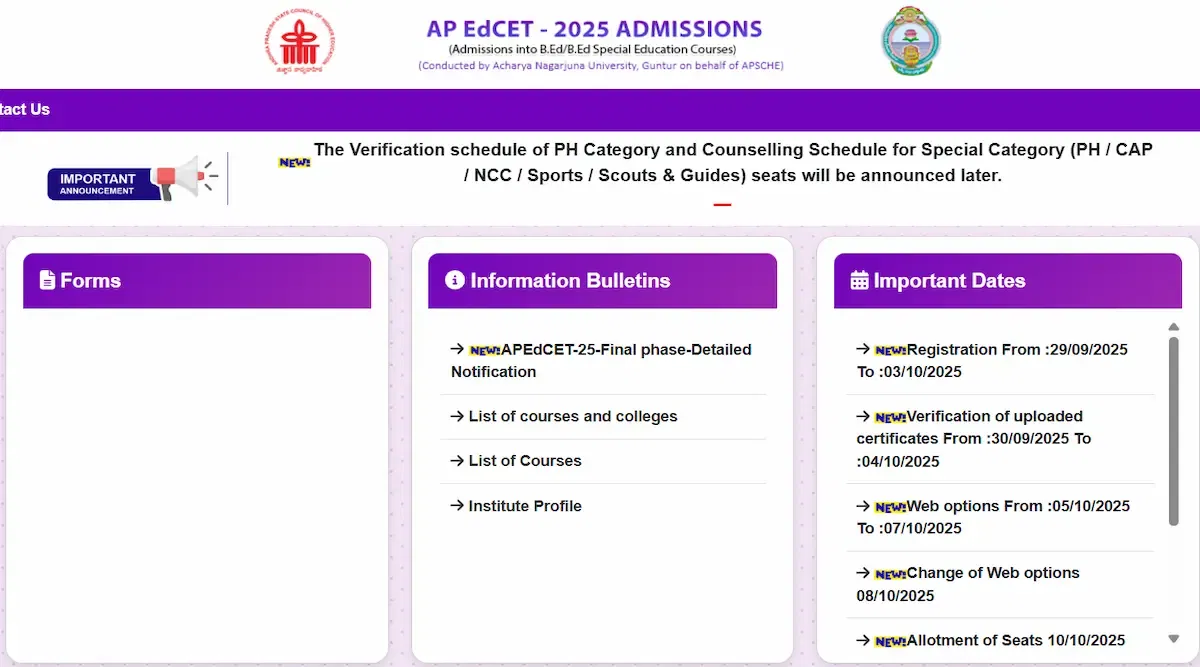

POST YOUR COMMENT